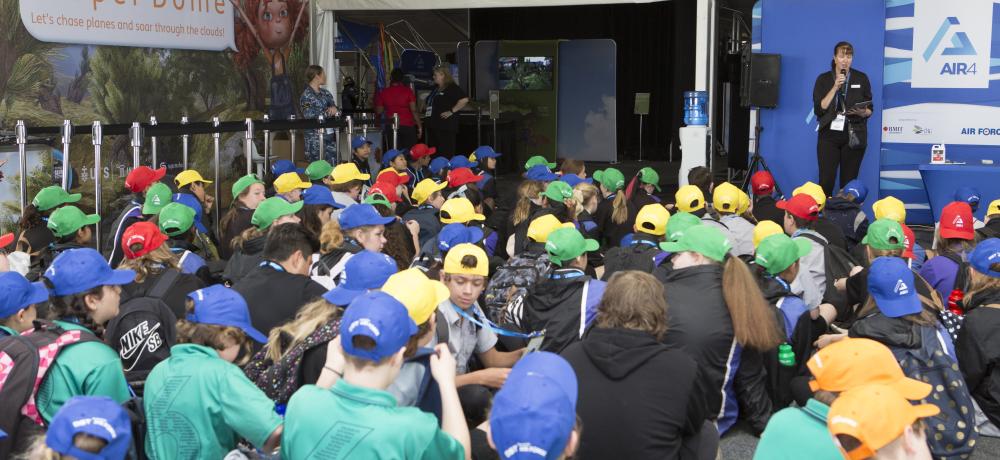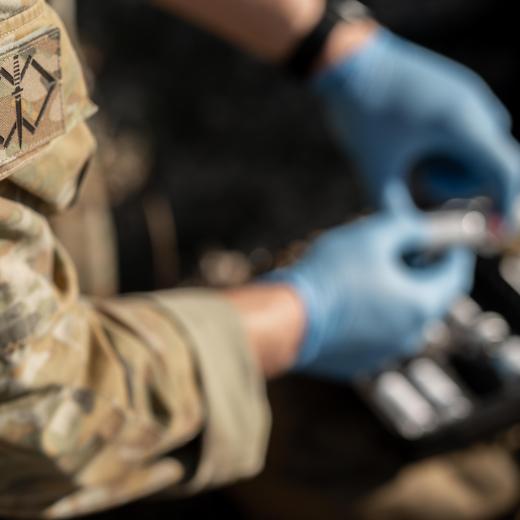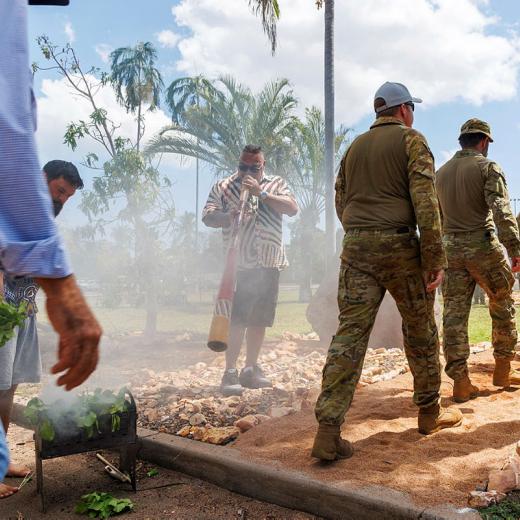BLUF
To successfully guide children through problem situations, we need to learn how a child's brain responds to stress, noting that—children are often more driven by instinct than reason.Summary
Regarding the development of children's brains, Signe Whitson makes the following points:
- Young people's brains tend to be dominated by the limbic system and the brainstem, which work closely together.
- The brainstem controls human survival functions such as breathing, heart rate, and balance. It does not learn well from experience but repeats instinctual behaviours.
- The amygdala (part of the limbic system) is responsible for the body's fight, flight, or freeze response. When it perceives a threat, it activates the survival functions of the brainstem. These are instinctual responses and not purposeful, wilful, or defiant acts.
- The limbic system does not have access to language.
- The neocortex delivers our problem-solving, reasoning, planning, logical thought, and language skills and is not fully mature until we are in our twenties.
- In the heat of the moment, children can't put words to how they feel.
The article concludes that we have to accept that kids are doing the best they can with the brains they have.





